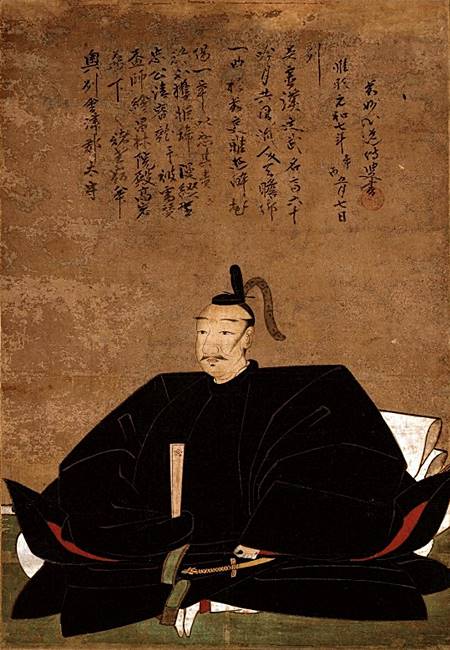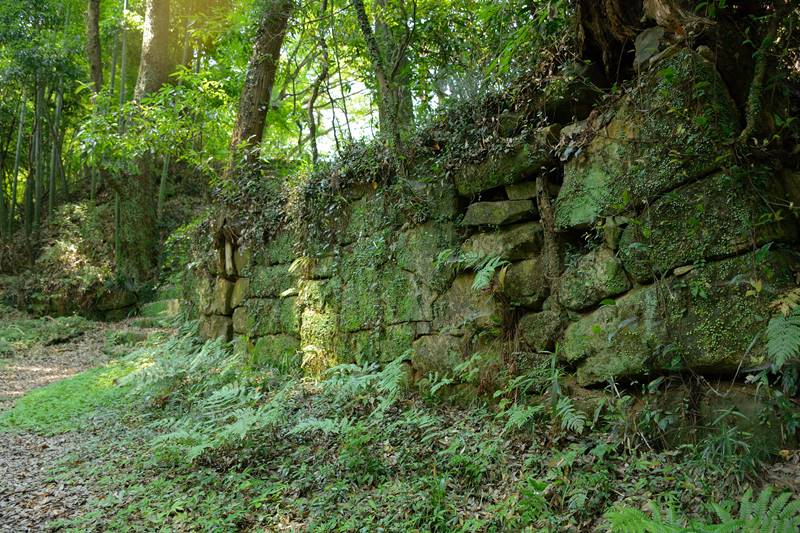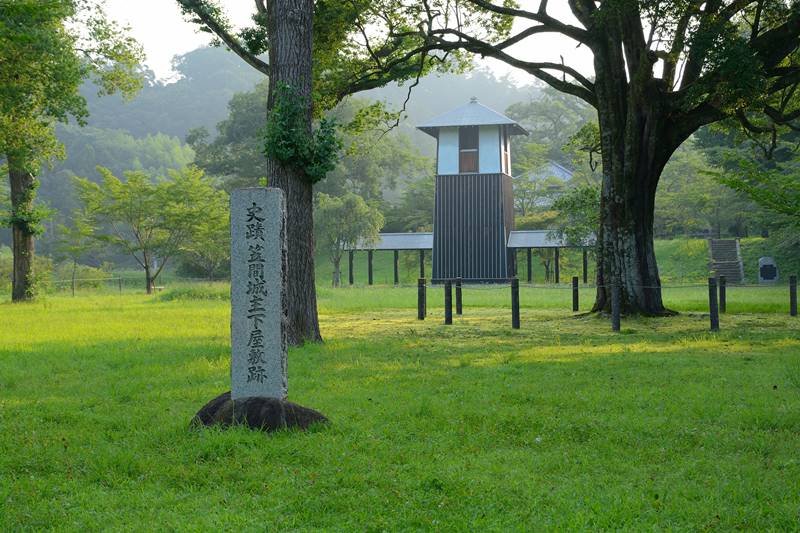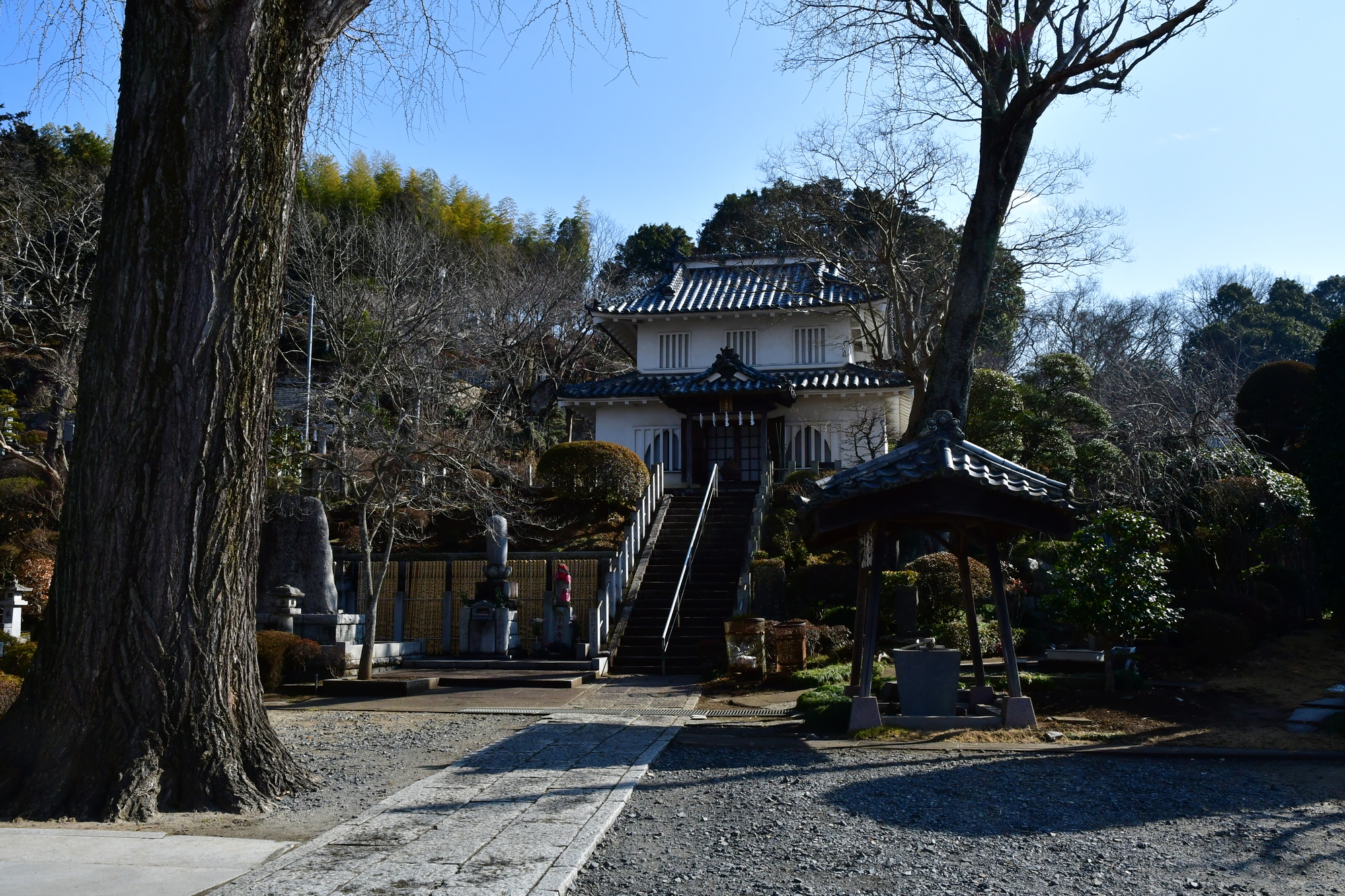This is all about Kasama Castle Ruins you want to know.
Every information you get on this site will be from a credible source based on Japanese history (books for reference).

Collected by the Inagaki family, the Toba Daimyō from the mid-Edo period to the Meiji Restoration, as materials for military studies. There are about 350 illustrations, but there is no uniformity because only illustrations of castles, illustrations including castle towns, and old battlefield illustrations are mixed.
Another typical example of a castle picture in the Edo period is "The Shōhō Shiroezu", picture of the castle and castle town that the Edo Shogunate ordered the daimyō to create and submit,aggregating military information such as the buildings inside the castle, the height of the stone wall, the width of the moat and the water depth, etc., it also details the location and shape of the castle town and the mountain river.
Profile : Kasama Castle Ruins
| Location | Kasama City, Ibaraki Prefecture |
| Also known as | Katsura Castle |
| Type of castle | Mountaintop |
| Mountain's name | Mt.Sashiro |
| Elevation | 200m |
| Condition | Ruins |
| Year built | 1219 |
| Abolished | 1868 |
| Castle lord | Kasama Tokitomo |
| Refurbishment lord | Gamō Satonari |


The family crest was originally created from the pattern that the emperor and the royal family put on the kimono, and the pattern was made into a fixed pattern, and the one attached to his own oxcart is said to be the beginning of the family crest. The warlords drew large crests on the flag-fingers, used to distinguish enemy views on the battlefield, and used by the generals to determine which warlords were active and how much.
Kasama Castle admission
admission fee : free
admission time : free
closing period : open everyday reference official site
Kasama Castle Google Map
Kasama Castle Images

Kasama region became the territory of Gamō Hideyuki, a child of Gamō Ujisato in 1598. He assigned Gamō Satonari, a chief vassal, as a substitute for the castle owner. Kasama Castle was renovated from a medieval castle to a modern castle by Satonari. A huge earthworks still exists on the south side of the square where the palace was once set up, and double structure turret, called "Hachimandai Yagura", was built on the upper part of it. this yagura was relocated to Shinjōji-Temple in 1880 and now still used as a temple hall.



At the Ōtemon Gate ruins, the eye-catching is the stone wall behind it. This was built in 1598 when Gamo Satonari was renovating Kasama Castle to a modern castle, and there are few castles using stone walls in Eastern Japan region.

Kasama Castle was also a residence of the lord of Kasama Clan throughout Edo period, and it is also a very unique example of the Meiji Restoration as a mountaintop style castle.
Link : A castle closely related to Gamō Ujisato
【north japan】Aizuwakamatsu Castle 【north japan】Shiroishi Castle 【central japan】Matsuzaka Castle 【east japan】Kasama Castle
